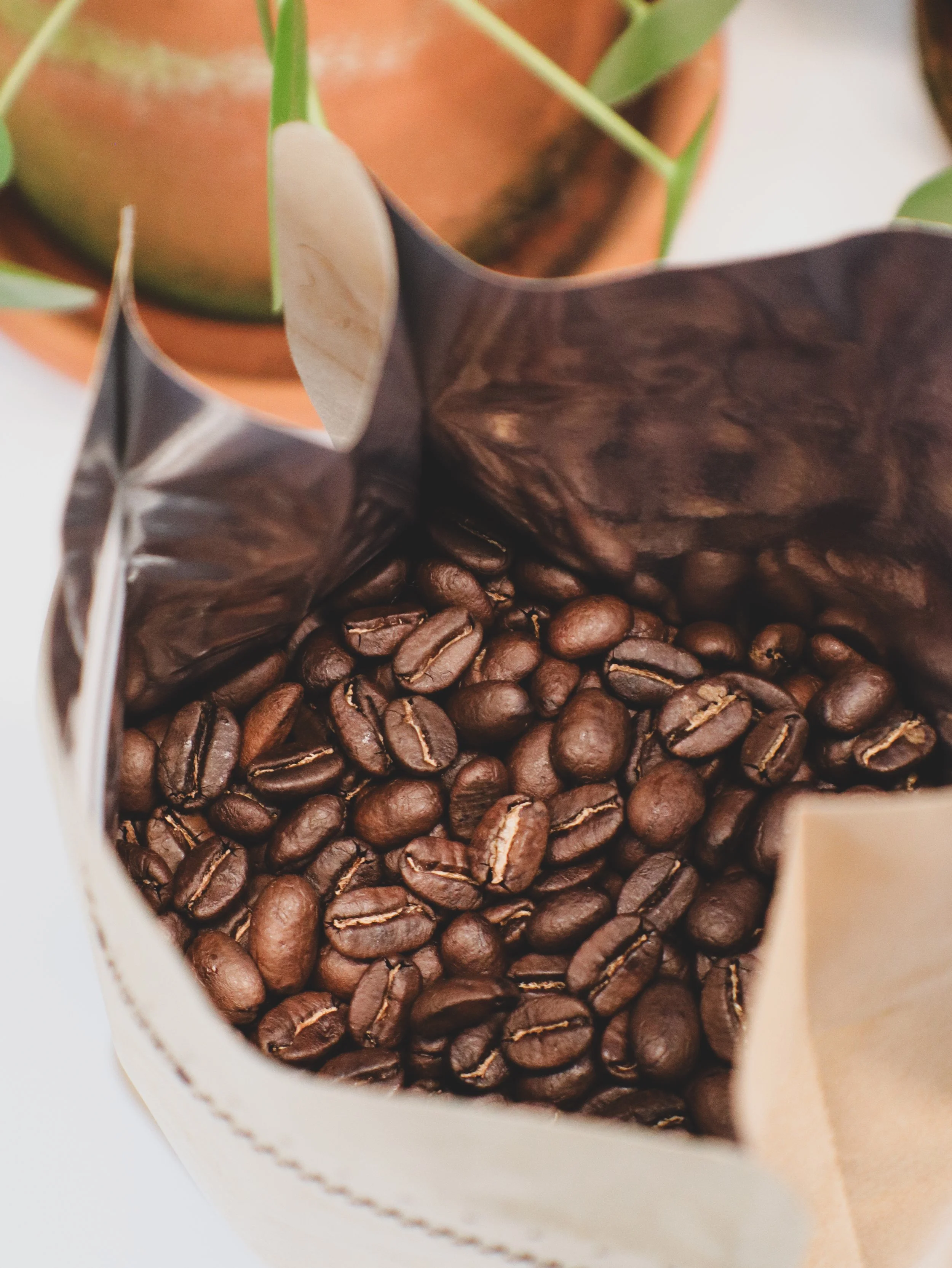From Tree to cup: The incredible journey of Guatemalan coffee
Coffee is more than just a drink—it’s a global adventure, a labor of love, and a story in every sip. As a roaster, I get to be a part of that journey, but the real magic starts long before the beans hit my roaster. Let’s take a ride through the incredible process of getting coffee from tree to cup, featuring my favorite origin: Guatemala.
Step 1: The Birth of a Bean
High in the volcanic soils of Guatemala, coffee begins as a cherry on the Coffea plant (Yes it is spelled Coffea). These lush farms, often tucked into the steep hillsides of regions like Huehuetenango or Antigua, produce some of the world’s most complex and flavorful beans. Farmers carefully cultivate the coffee trees, pruning and tending them for years before they produce their first viable cherries.
Step 2: The Harvest - Only the Best Will Do
Come harvest season, farmers and pickers set out in the cool mountain air, baskets strapped to their waists, to handpick only the ripest, ruby-red coffee cherries. Unlike mechanized harvesting, which strips every cherry from the branch, handpicking ensures that only the highest-quality fruit is selected. This labor-intensive process is crucial for producing the exceptional coffee Guatemala is known for.
Step 3: Processing - The Many Paths of a Coffee Cherry
Once picked, the coffee cherries must be processed to remove the outer fruit and extract the bean inside. Guatemala is home to several different processing methods, each with a unique impact on the final flavor profile:
Washed (or Wet) Process: The most common method, where cherries are pulped, fermented, and washed clean before drying. This results in crisp, clean flavors with bright acidity—think citrus and floral notes.
Natural (or Dry) Process: Here, the cherries are left to dry whole, allowing the bean to absorb fruity flavors from the pulp. This method gives the coffee a rich, jammy sweetness with hints of berry.
Honey Process: A hybrid between washed and natural, where some of the fruit’s mucilage remains on the bean during drying. This produces a coffee with balanced sweetness and complexity—notes of caramel and stone fruit often shine through.
Step 4: Drying and Milling - Prepping for the Big Trip
After processing, the beans (now called parchment coffee) need to be dried to the perfect moisture level. They are spread out on patios or raised beds, raked constantly under the sun to ensure even drying. Once dry, they head to the mill, where the parchment layer is removed, and the green coffee beans emerge, ready for export.
Step 5: The Journey Across the World
Once milled, the green beans are packed into jute sacks and loaded into shipping containers. These bags embark on a voyage across oceans, eventually landing in the hands of roasters like me, eager to unlock their potential.
Step 6: Roasting - Where Science Meets Art
Here’s where I come in. Roasting is where we take those raw, green beans and transform them into the aromatic, flavorful coffee you know and love. Each origin, processing method, and bean density requires a unique roasting approach. Light roasts highlight the bright acidity and floral notes of a washed Guatemalan coffee, while darker roasts bring out the rich chocolate and nutty undertones.
Step 7: Brewing - Your Turn to Make the Magic Happen
The final step is in your hands! Whether you’re a pour-over perfectionist, an espresso enthusiast, or a French press fanatic, your brewing method will influence the final taste of your coffee. A well-brewed Guatemalan coffee can burst with citrus, chocolate, and floral notes—each cup a testament to the journey it has taken.
Sip, Savor, and Appreciate the Journey
From the volcanic slopes of Guatemala to your morning cup, coffee takes an incredible path. Next time you take a sip, remember the hands that picked it, the farmers who cultivated it, and the roasters who carefully coaxed out its best flavors. Coffee is more than just a drink—it’s a story worth savoring.
Now go forth and brew like a pro!

